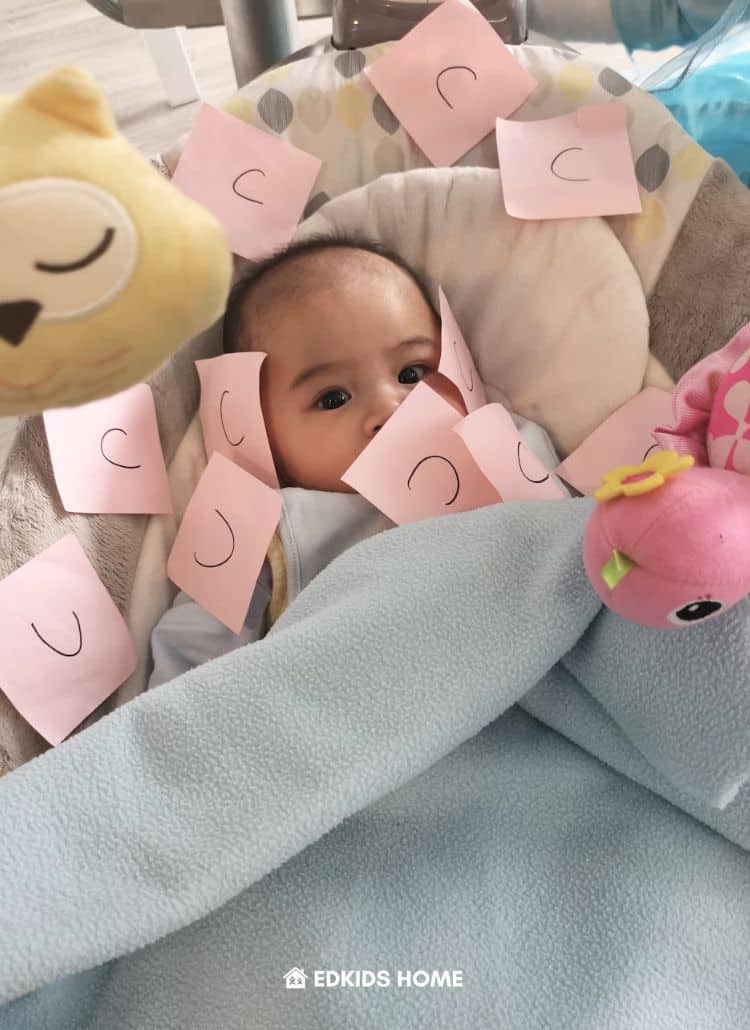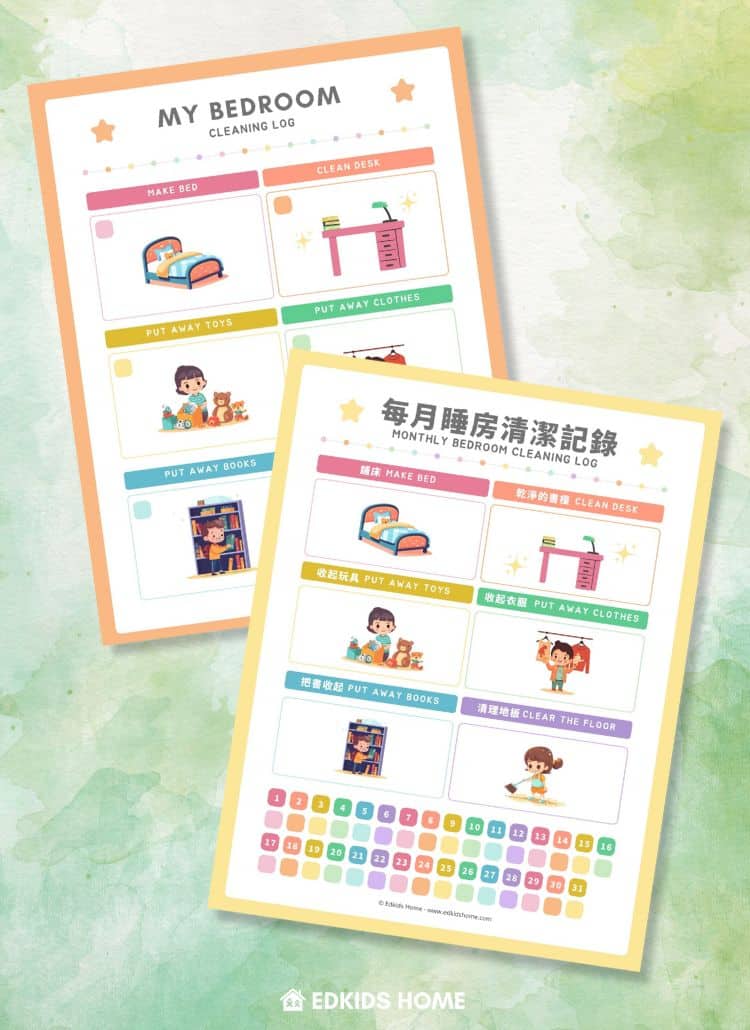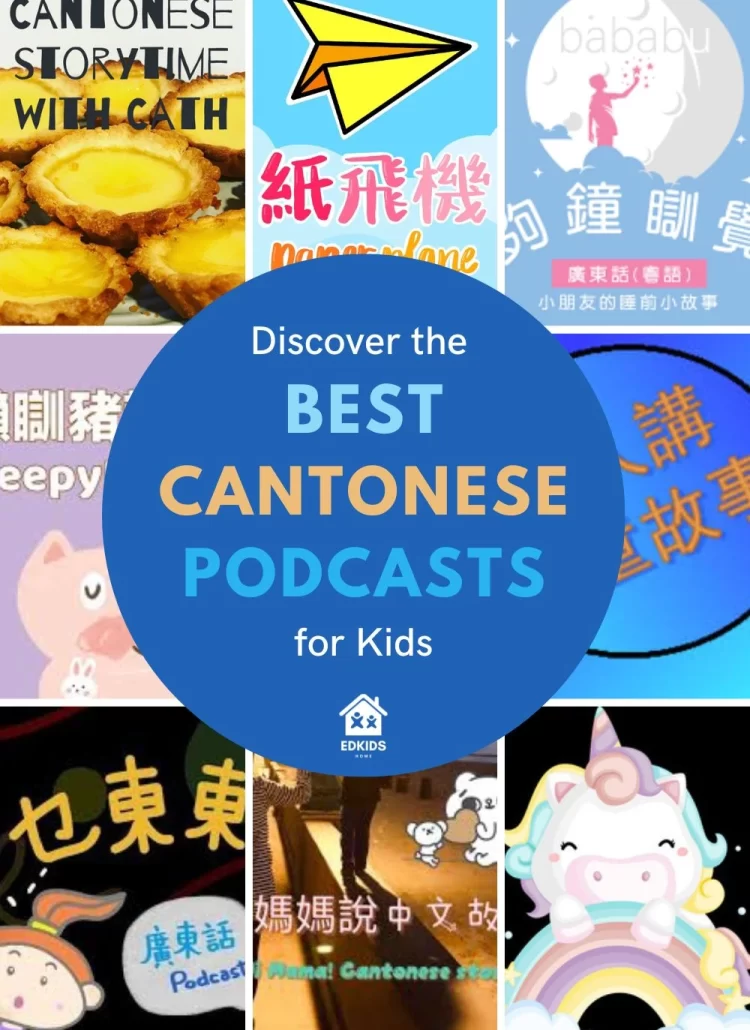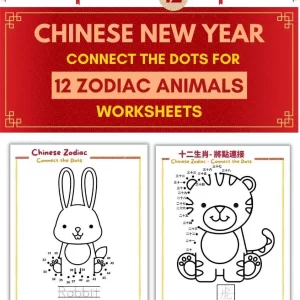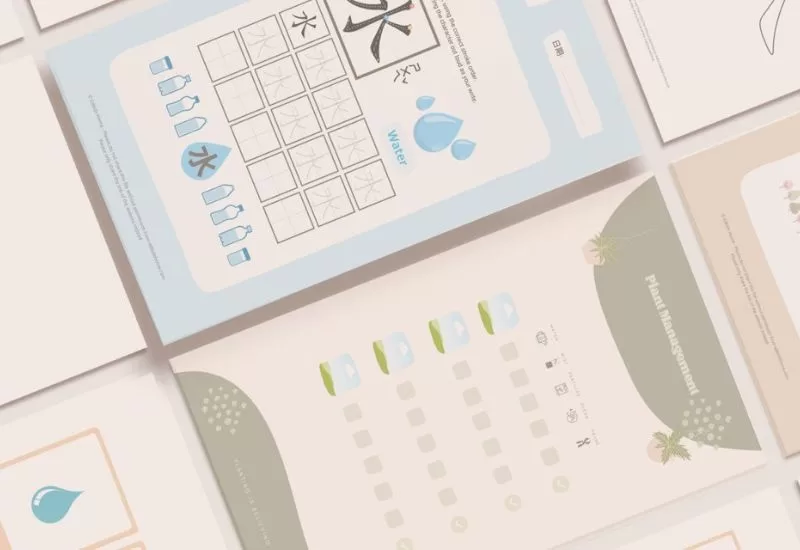
Lunar New Year is coming up soon, and it's a great opportunity to teach your kids about the traditions and customs of this holiday. In this blog post, we will share 19 Lunar New Year videos to get your kids excited about the Lunar New Year. These videos include Lunar New Year stories, traditions, traditional dances, 12 zodiac animals, decorations, food, and more. We hope that you and your family have a wonderful Lunar New Year!
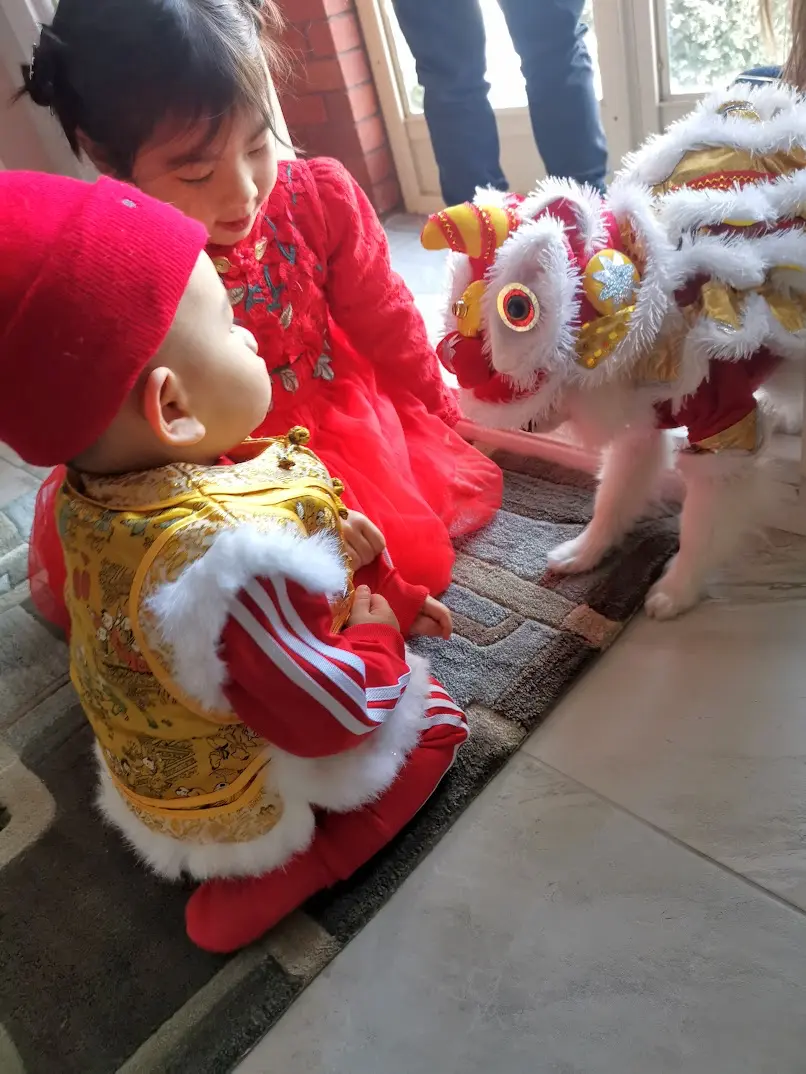
I love Lunar New Year. I love being able to celebrate with my family and friends. The kids look so cute in their new clothes. They get excited when we visit each elder's house. We say happy and lucky Lunar New Year greetings to each other, eat yummy food, and receive red envelopes! It is truly the best way to start the new year!
How Do You Explain Lunar New Year With Videos to Kids?

Lunar New Year is a time to celebrate the start of a new year and new life. People in China use the lunar calendar to keep track of when Lunar New Year falls, which is usually around late January or early February. To celebrate, people usually spend time with their families, have big meals, and give each other gifts.
Traditionally, celebrations last for fifteen days. They end on the date of the full moon (滿月/满月). This is when it is at its brightest. During the first week, people visit friends and family following special traditions designed to bring good luck. The second week ends with the Lantern Festival (元宵節/元宵节) on the evening of the 15th day of the lunar month.
The Chinese Zodiac is a tradition that has 12 animals: rat, ox, tiger, rabbit, dragon, snake, horse, goat, monkey, rooster, dog and pig. Each year has one animal. People who are born in that year share some of the traits of that animal. For example, we believe people who are born in the Year of the Monkey are both intelligent and creative.
Paper Cut Animation Lunar New Year
This English Lunar New Year video expresses people all over the world celebrating Lunar New Year with paper-cut animation. I like how it transitions from the story of the mythological creature “Nian” to how people return home to celebrate the Lunar New year with family.
The Story of “Nian” (年獸/年兽) – Lunar New Year Videos
The story of Lunar New Year is about a mythical creature known as the Nian. Every year, on the first day of the new lunar year, villagers would dress up in masks and costumes to scare away the beast. This is the origin of many traditional activities like lion dances, fireworks, and dragon parades during Lunar New Year celebrations.
黄金教育 故事《春节的来历》 腾讯视频
This Mandarin Lunar New Year video with Simplified Chinese subtitles portrays the story of Nian the beast. It is also clear why people use fireworks and red banners to celebrate Lunar New Year – a time of joy, hope, and anticipation.
粵語廣東話故事|藍天故事為你講《年獸來了》
If you liked the Cantonese Lunar New Year video 《年獸來了》, you will love this book! It has more information on why Lunar New Year festivities, such as setting off fireworks and hanging banners, are so popular. Delve into its contents to uncover the remarkable history behind our customs of honoring animals during Spring Festival—let's hear it together!!
12 Zodiac Animals (十二生肖) – Lunar New Year Videos

One of the most beloved stories associated with Lunar New Year is the great race. It tells the tale of how twelve animals raced across a river to determine the order of the zodiac calendar.
The Chinese zodiac has 12 animals. They consists of the rat, ox, tiger, rabbit, dragon, snake, horse, goat, monkey, rooster, dog and pig. According to the story, they were chosen by the Jade Emperor in a race. The order they are in is the order they crossed the finish line.
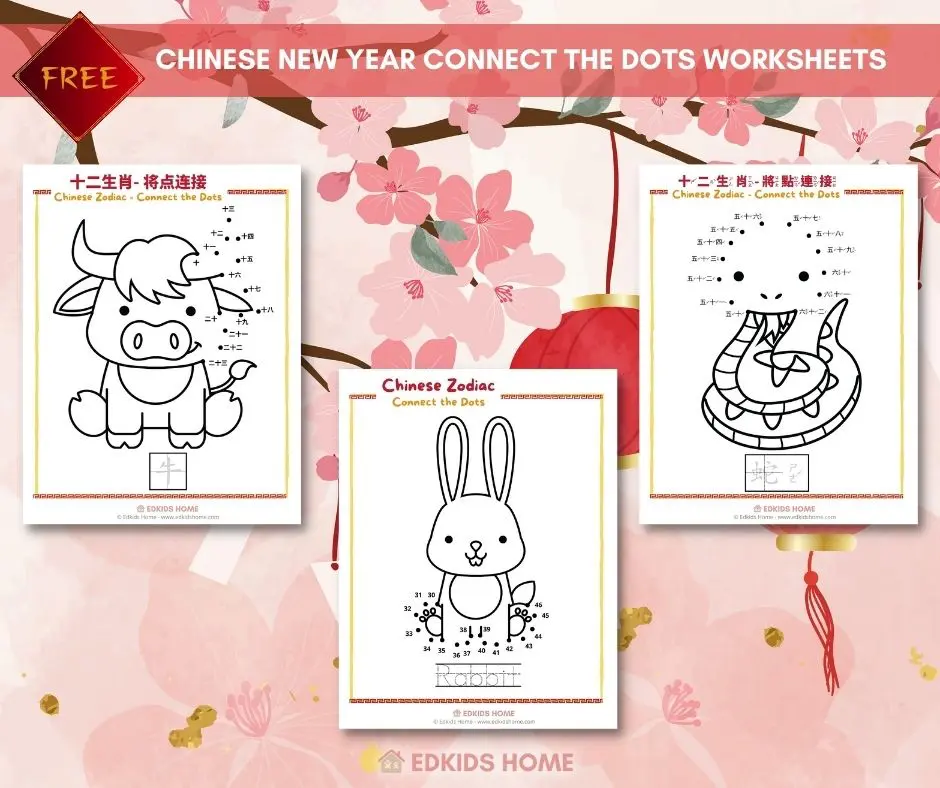
Free 12 Zodiac Animal Worksheets
Check out our free 12 Zodiac Animal Dot-to-dot worksheets for your kids! Kids can color and connect the dots for each zodiac animal. Plus, they can trace each animal name at the bottom of each worksheet. Best of all, they are available in English and Chinese (Traditional, Simplified, Zhuyin, and Pinyin).
The Great Race – Chinese Zodiac
This English Lunar New Year video explains the ancient folk story of “The Great Race.” Cats, rats, monkeys, pigs, dogs, and other animals had to swim across the river to prove who was the winner!
Twelve Zodiac Animals 十二生肖 – Little Chinese Learners
Uncover the traditional Chinese folk tale of the 12 Zodiac animals and enjoy learning a language while doing it! Little Chinese Learners' Lunar New Year video offers Mandarin lessons, songs, and more all subbed in both Simplified Chinese and English.
What are the Traditions for Lunar New Year (Videos)?

Lunar New Year is an important festival celebrated by millions of people around the world. The holiday, also known as the Spring Festival (春節/ 春节), marks the start of a new year on the traditional Chinese calendar and is typically celebrated with family reunions and feasts. But there are several unique traditions associated with this festive holiday.
To bring luck, many Chinese families also clean their homes thoroughly before Lunar New Year and decorate with red banners (揮春/ 春联 / 春聯) that feature symbols for prosperity such as fish, lilies or peaches. On the eve of Lunar New Year (大年夜/除夕), families often have a big feast to share traditional dishes that are believed to bring luck and good fortune.
On the first day of the Lunar New Year, people dress in their best clothes and visit family and friends to exchange greetings and small gifts like oranges or flowers. Fireworks (煙花/ 花火/煙火) are usually set off at night to ward off bad luck while Lion dances (舞獅/舞狮) are performed to bring luck and prosperity.
Overall, Lunar New Year is a colorful and meaningful event celebrating customs and traditions passed down from generation to generation. From the zodiac animals to the special dishes and rituals, Lunar New Year remains an important holiday for many families around the world.
The Story of Lunar New Year
This English video tells the story of “Nian” and explains how Lunar New Year is celebrated today. It shows some Chinese food and explains what red envelopes, festivals, fireworks, dragon dance, lantern festival, and more are. It also talks about the 15 days of celebration in China.
Spring Cleaning (大掃除/大扫除)

Spring cleaning (大掃除/大扫除) is an important part of Lunar New Year traditions. People will start cleaning their houses which they believe can sweep the bad luck away from the house. This is done so that the new year can start off fresh and free of any negative vibes.
Spring cleaning is done during spring time. This is because springtime is when everything starts to get warmer and more green. Winter was once filled with darkness and coldness, but now that Spring has arrived, life can be welcomed again!
It makes sense for people to start cleaning in the spring. This is when the weather is nicer and they can open their windows. They can also clean their floors and walls more easily.
However, some psychologists say that it is good for your mental health to clean your house and get rid of the mess. If there is stuff everywhere in your house, it will make people feel stressed.
So, even though people have been doing it for a long time, and it can be good to clean your house thoroughly sometimes, you don't have to do it just in the spring. That said, getting rid of things you don't need can make you feel much better, even if you only do it once a year.
Decorate Your Home with Lunar New Year Decorations That Bring Good Luck

Chinese people often decorate their homes with paper-cuttings and red lanterns during Lunar New Year. They believe that these decorations will bring good luck into the home. Red is the traditional color for these decorations because it is believed to ward off bad luck. People also commonly hang up door gods and couplets, which are symbols of good fortune.
In addition, there are many other traditional items that can be used to decorate the home during Lunar New Year including lucky money trees, golden coins, fish symbols and Chinese knots. All of these decorations are symbolic of good luck and prosperity for the New Year.
Chinese Red Lanterns (燈籠)

Chinese lanterns are used in important festivals such as the Spring Festival and the Mid-Autumn Festival. During Lunar New Year, you might see lanterns hung on trees in the streets and at people's homes. Hanging a red lantern is believed to drive away bad luck.
Red couplets (揮春/ 春联 / 春聯)

New Year couplets are pasted on doors. They have good wishes or statements expressed on them. New Year good wishes are usually posted in pairs (i.e. couplets) because even numbers are associated with good luck and auspiciousness in Chinese culture. Couplets are brush works of Chinese calligraphy, in black ink on red paper.
They often celebrate the arrival of spring, but can also be about other things that the residents of the home believe in, like happiness or good luck. The couplets stay up until they are replaced with new ones during the next Lunar New Year. Sometimes, a four-character idiom is added to the top of the door frame as well.
Upside-Down Fortune (福) Character

Some people put paper cut-outs of diamonds or squares on their doors. The squares have the Chinese character for “good fortune” on them. This is supposed to mean that they want good fortune to “pour out” on everyone who comes through the door.
Check out more ideas on Lunar New Year Decorations.
We also offer ten free Lunar New Year Banner Printables with stroke direction guidelines. Check them below!
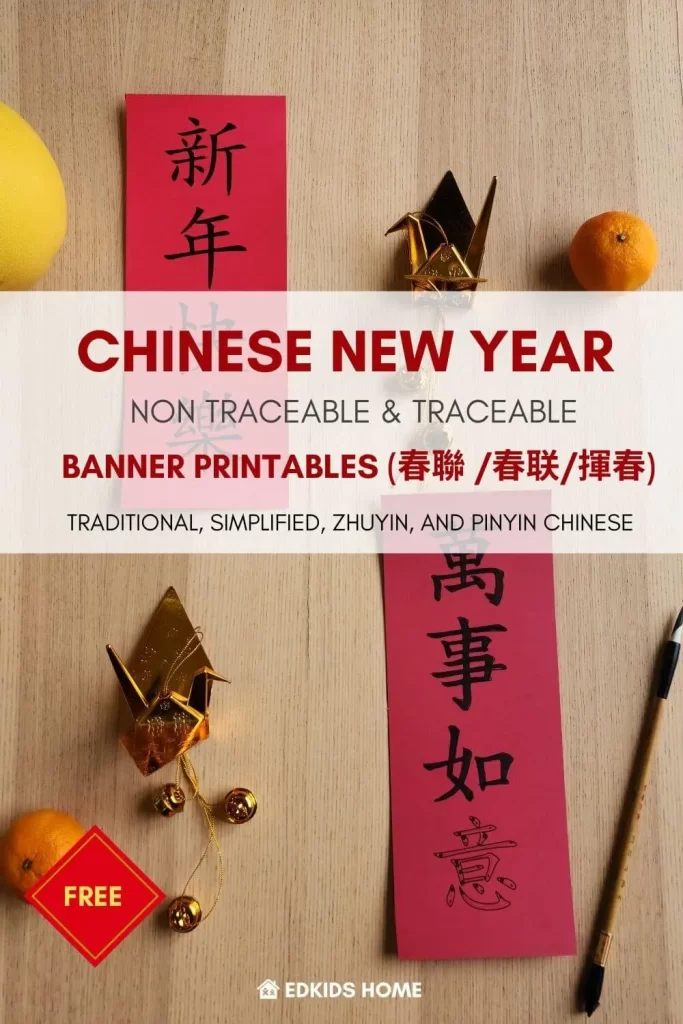
Download: 10 Free Lunar New Year Banner Printables (Stroke Directions)
Paper Cuttings

Paper cuttings are designs that are cut out of red paper. They are usually glued on windows or other surfaces that you can see through. The designs are usually Chinese characters and images that represent good luck, such as mandarin fruits and kumquat fruits, as well as animals that match the Chinese zodiac for that year. Each character, fruit, and animal has a special meaning, such as a long life, being respected, having money, or being successful.
Family Reunion Dinner With Lunar New Year Videos (團年飯/ 年夜饭)

The Lunar New Year’s Eve Reunion Dinner (團年飯/ 年夜饭) is believed to be the most important part of the festival and the most important meal of the year. The traditional dinner taking place on the eve of Lunar New Year's Day where family members return to their hometowns to be with their elders and relations. This is the time for family members to gather around a big dinner and feast on traditional dishes together.
There are many dishes that some people think are lucky. The most common one is dumpling (餃子/饺子), which means wealth. Families often like to prepare the dough and fillings for dumplings together before the New Year's feast.
Fish (魚/鱼)is another dish that is often served during Lunar New Year because it symbolizes abundance. The word for fish in Chinese sounds like the word for surplus, so it is considered to be a lucky food.
Check out some other Lunar New Year lucky food traditions!
Chinese New Year Foods – Top 8 Lucky Foods for Chinese New Year and What They Symbolize 添运年菜,传统年菜
This English Chinese New Year Youtube video describes the meaning of the top 8 lucky foods and what they symbolizes. They include: dumplings, fish, glutinous rice cake, glutinous rice balls, spring rolls, longevity noodles, tangerines, and eight-treasure rice.
New Year Visits (拜年)

The New Year Visits (拜年) is a traditional Chinese custom. It's a practice for people to ring out the old year and ring in the new year, as well as to express good wishes for friends and family members. On the first day of the Lunar New Year, families with children visit relatives, friends or senior members of their extended family. They convey New Year greetings with auspicious words. The juniors must kowtow to senior relatives, called Bai Nian. The host families treat guests with snacks, sugars and red envelopes.
On the first day of the Lunar New Year, people wear new clothing. After setting off the first firecracker (炮仗/ 炮竹/ 鞭炮), they will visit relatives and say Happy New Year to them.
The tradition is to first worship Heaven and Earth, then ancestors, and then to parents. After that, visit relatives and friends. Also, there are different conventions for visiting different people on different days. For example, the married couple would visit the husband’s family on the first day of the New Year and the wife’s family on the second day. Then they would successively visit relatives and friends. Bai Nian lasts until the 15th day of the first month of the Chinese calendar.
At the Spring Festival, older family members would prepare red envelopes for younger family members when they exchanged greetings. The red envelope (利是/ 紅包) represents best wishes for the younger generation. It is said that the red envelope can ward off evil spirits because “year” shares the same pronunciation as “ghost.”
Of course, this is not true and only the blessings of the older generation to children wishing them having a healthy and safe new year.
Lunar New Year Clothes

Lunar New Year clothes play an important part in the festive celebrations and are often seen as a symbol of prosperity, luck and good fortune. During the Lunar New Year holiday period, people usually wear bright-colored clothing like red or yellow to signify happiness.
Red is considered particularly lucky because it is believed to ward off bad luck and evil spirits. People also prefer wearing new clothes for the festival, which symbolizes that they have a fresh start for the coming year.
Traditional Chinese dress (旗袍) may be worn by women, while men could opt for a mandarin jacket with trousers for formal occasions. Additionally, children will don their best outfits on this special day too!
Check out more on Lunar New Year Clothes.
Lunar New Year Greetings (Video Resources)
Lunar New Year Greetings are often full of optimistic wishes for health, luck, prosperity and success. People usually wish each other 新年快樂/ 新年快乐 (Happy new year) or 恭喜發財/ 恭喜发财 (Wishing you great wealth).
Check out more on Lunar New Year Greetings.
Lunar New Year Song Videos
Another way to celebrate Lunar New Year is through singing and dancing. In this video, kids can learn traditional Chinese songs and dances that they can perform with their family or friends. This is a great way to add some extra fun to the festivities!
Setting Off Firecrackers and Fireworks (煙花/ 花火/煙火)
Fireworks (煙花/ 花火/煙火) are an important part of celebrating Lunar New Year. They symbolize joy, good luck, and harmony.
Chinese Lantern Festival (元宵節/元宵节)

The Lantern Festival, also known as the 元宵節/元宵节, is the last day of the Lunar New Year celebration. It has been celebrated for thousands of years. On this day, Chinese families around the world eat Tangyuan as a symbol of unity and harmony. Tangyuan has been associated with the Lantern Festival for as long as history!
Watch Lion (舞獅/舞狮) and Dragon Dances (舞龍/舞龙) – Video Resources

Lion dance (舞獅/舞狮) is a form of traditional dance in Chinese culture and other Asian countries in which performers mimic a lion's movements in a lion costume. The lion dance is usually performed during the Lunar New Year and other Chinese traditional, cultural and religious festivals. It may also be performed at important occasions such as business opening events, special celebrations or wedding ceremonies, or may be used to honour special guests by the Chinese communities.

The dragon dance (舞龍/舞龙) is a popular part of Lunar New Year celebrations. It is believed that the longer and more vigorous the performance, the better luck it will bring for the coming year. The dragon symbolizes power, strength, and good fortune in Chinese culture and its movements are thought to dispel evil spirits and bring good luck.
A traditional Chinese dragon dance usually involves several performers manipulating an incredibly long fabric-covered pole with colorful designs on it to create a “dragon” shape. The dancers move in rhythm with drums, gongs, cymbals, and firecrackers as they make their way through streets or around homes during festivals or other special occasions like weddings or business openings.
FAQ about Lunar New Year
What is Forbidden During Lunar New Year?
As you prepare for the coming Lunar New Year, remember to steer clear of these activities in order to make sure your celebration is joyous and successful:
- Abstain from taking medication – it has been said that if you do, you'll fall ill for an entire year.
- Avoid sweeping or disposing of trash, as this could sweep away your luck and fortune.
- Abstain from any language associated with tragedy, illness, unpleasant commentaries, and destitution.
- Refrain from shampooing your hair and snipping off strands – this symbolizes washing away luck and fortune.
- Using scissors or knives could be seen as a sign for conflict with others in the upcoming year and should be avoided to prevent any potential accidents.
- Double your luck with even amounts of lucky money!
- To prevent any unfortunate breakages, be sure to handle your crockery and glassware with care.
What you should not eat during Lunar New Year?
On Lunar New Year, you should steer clear of chickens as they connote bad luck due to their backwards-scratching motion that hints at having to scrape by for a living.
Lobsters are also unpropitious since they swim in reverse, warning of potential difficulties ahead.
White foods such as eggs, tofu and white cheese are considered an ill omen with its connections to death while porridge is believed to signify poverty if eaten during breakfast time.
Which one is a taboo gift in China?
- Clocks or watch (Bad luck)
- Sharp objects (Cut off relationship)
- Anything of four (Dealth)
- Shoes (Evil)
- Mirrors (Attract ghosts)
- Pears (Parting)
- Candle (Venerating the dead)
- Umbrellas (Bad luck)
- Wallets (Lose fortune)
- Black or white objects (Funerals)
- Dolls (Evil)
- Handkerchiefs (Farewell)
- Necklaces, ties, and belts (Too intimate)
- Hat (Unlucky)
More About Lunar New Year with 19 Videos
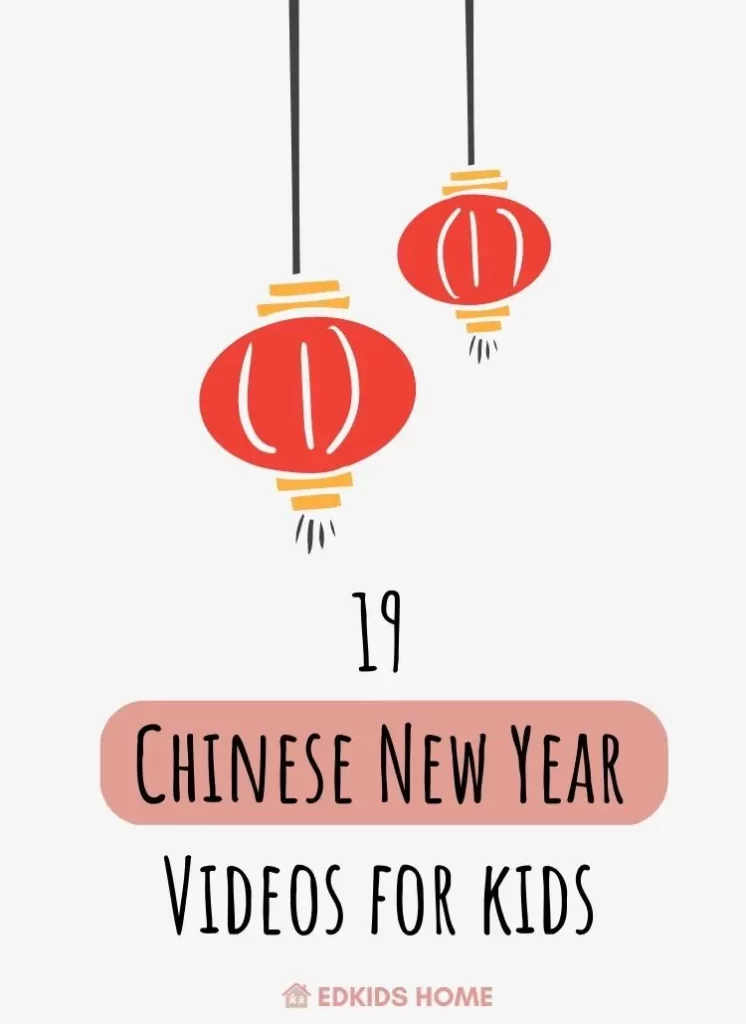
We have discussed the following topics about Lunar New Year along with 19 video resources:
Subscribe to our weekly newsletter to get more updates on freebies and more resources we will provide in the future!
More Lunar New Year Resources:
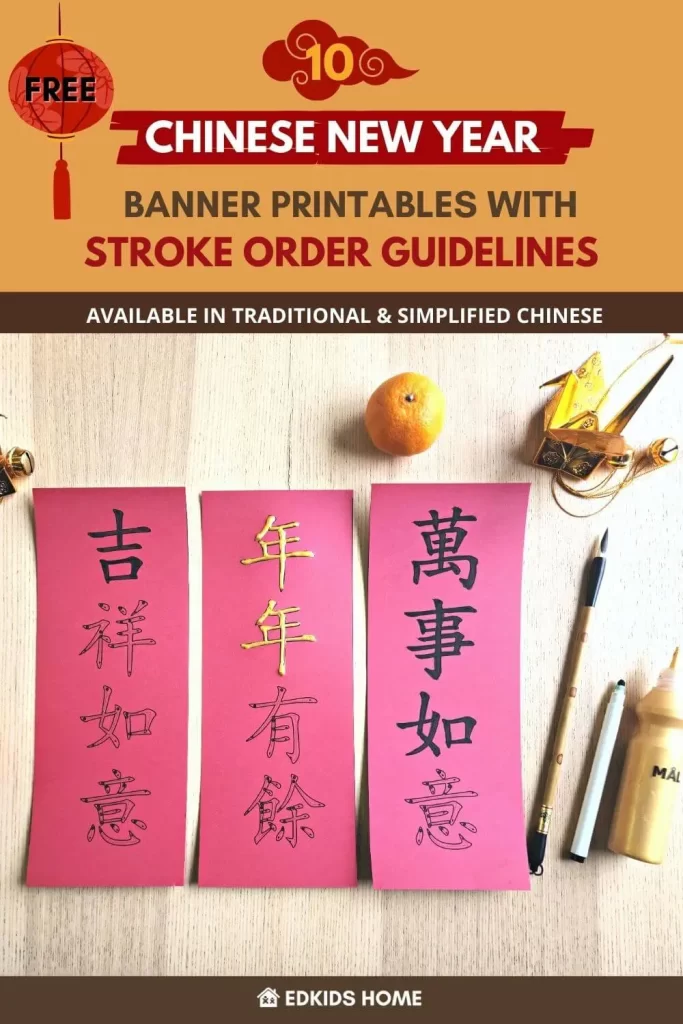
10 Free Lunar New Year Banner Printables (Stroke Directions)
Do you want to celebrate Lunar New Year with your kids but need decorations? We’ve got you covered! Download our free Lunar New Year traceable banner (春聯 /春联/揮春) printables. There are 10 traceable banner printables (Simplified/ Traditional Chinese) with stroke order guidelines inside. We also have non-traceable banner printables…

Free 12 Zodiac Animal Worksheets
Check out our free 12 Zodiac Animal Dot-to-dot worksheets for your kids! Kids can color and connect the dots for each zodiac animal. Plus, they can trace each animal name at the bottom of each worksheet. Best of all, they are available in English and Chinese (Traditional, Simplified, Zhuyin, and Pinyin).
- 30+ Chinese New Year Fun Crafts & Activities for Kids – Spot of Sunshine
- All About Chinese New Year (Resources) – Fortune Cookie Mom
- Bilingual Homeschool Mom, Lucy: Lunar New Year Celebrations – Our Chinese & English Journey (Podcast)
- Year of the Rabbit Photo Frame – Mama Baby Portfolio
- Chinese New Year Learning Activities – Xiao Panda Preschool
